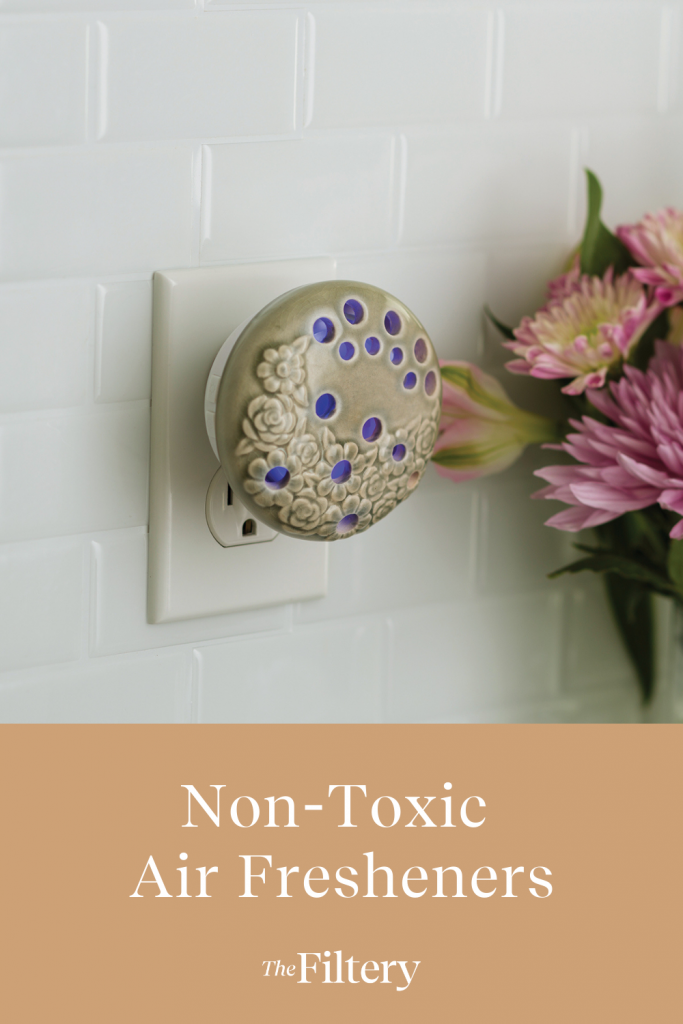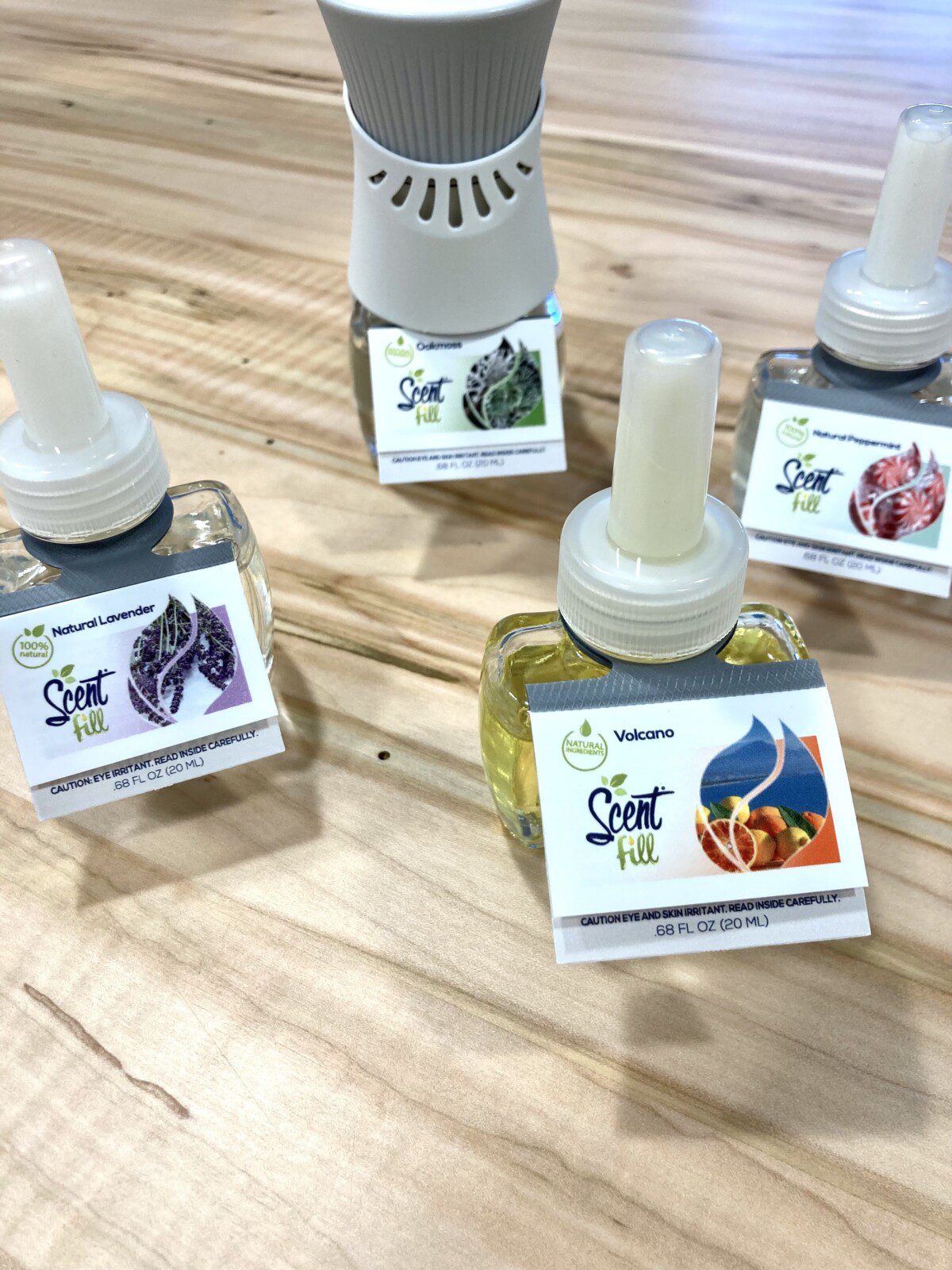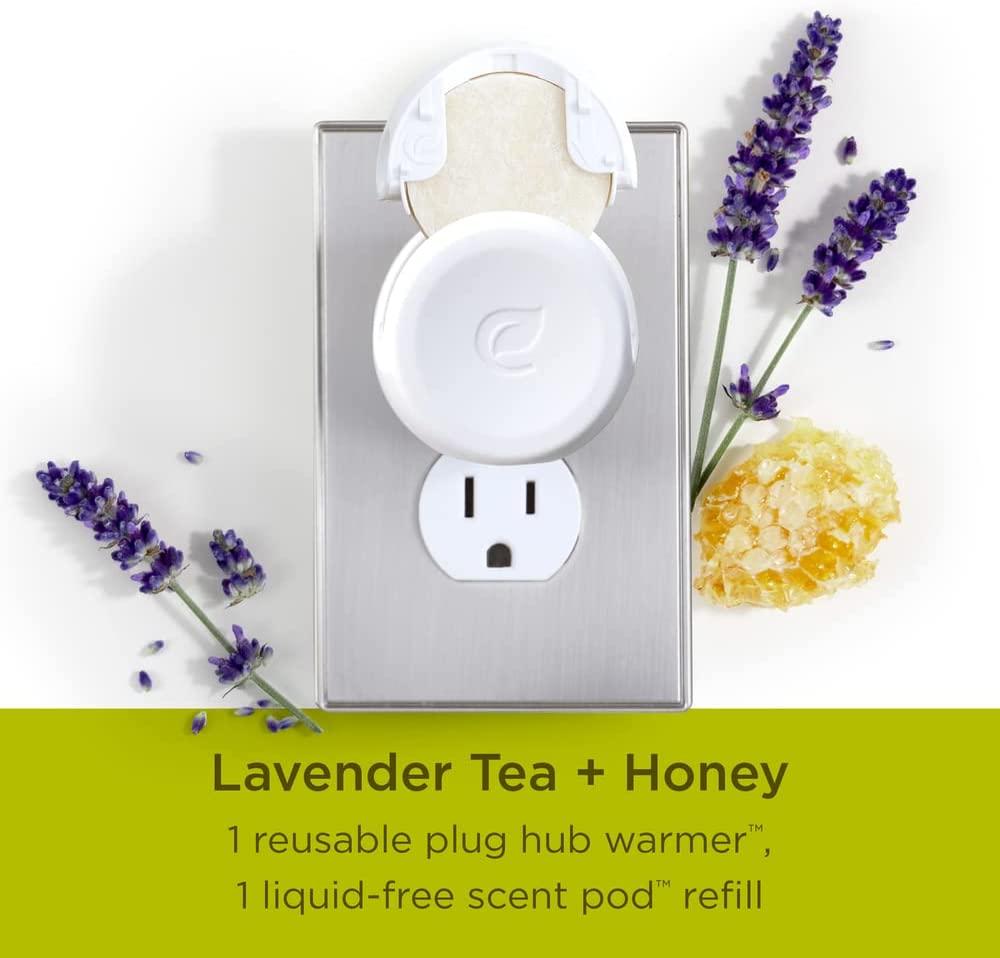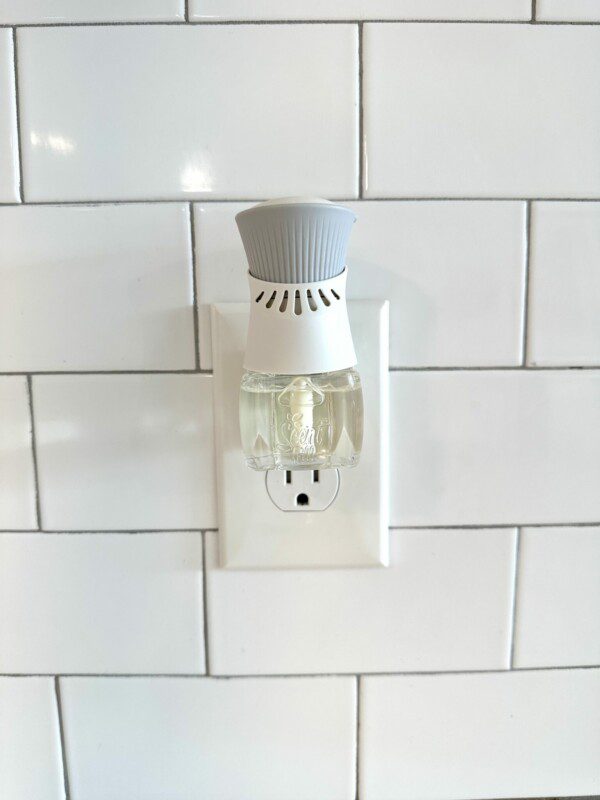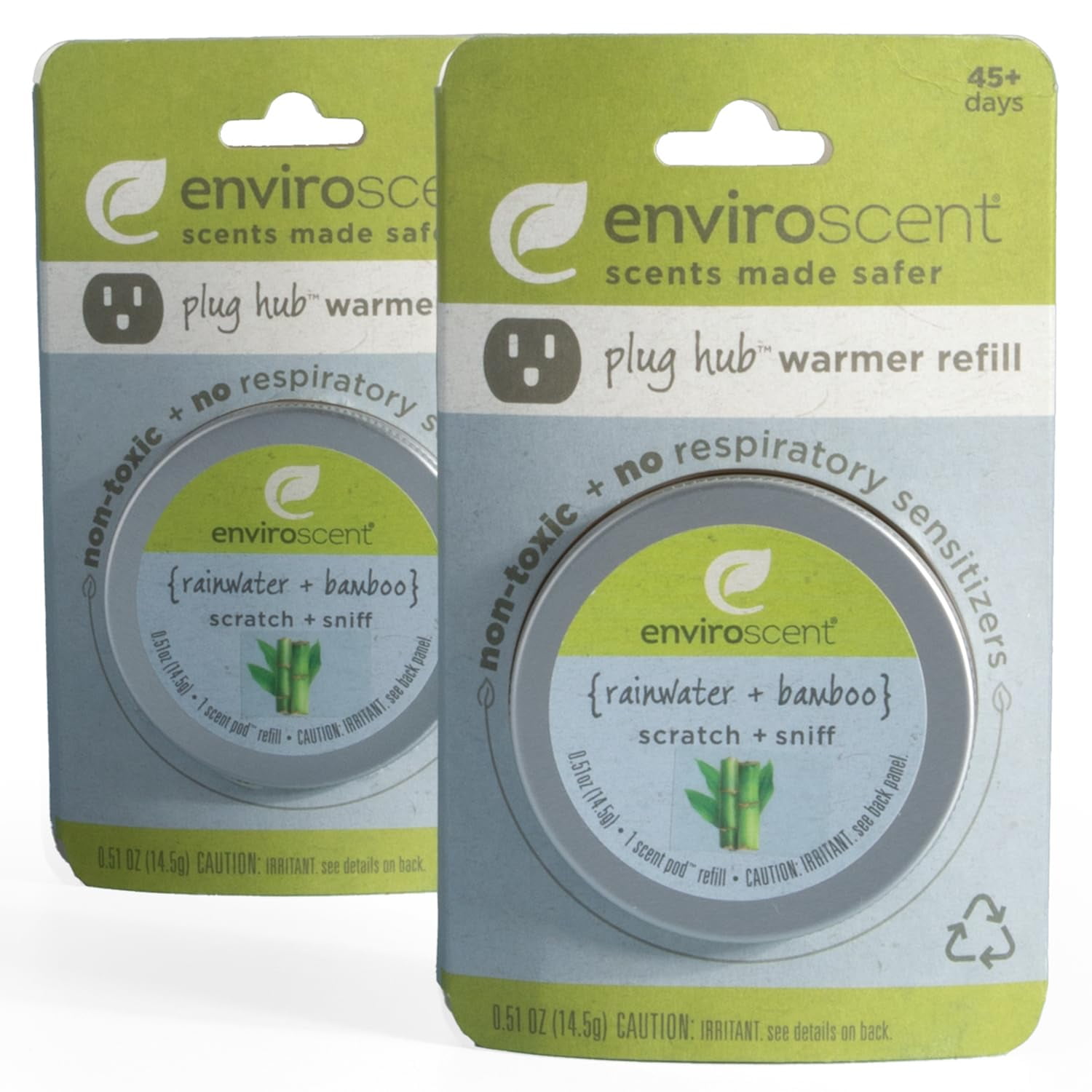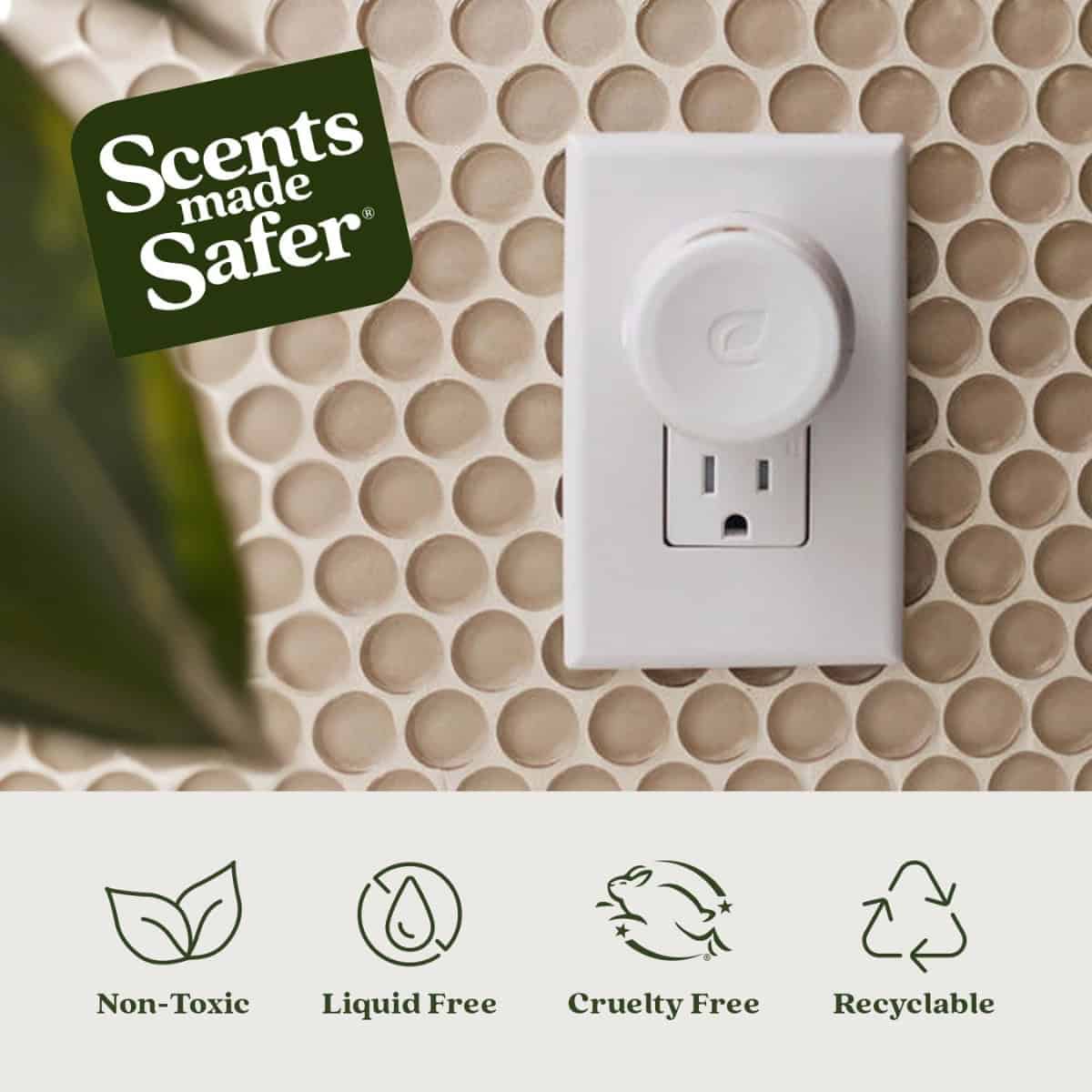Non Toxic Plug In Air Fresheners

Imagine stepping into your home after a long day. The scent of lavender and chamomile gently washes over you, creating an atmosphere of peace and tranquility. This isn't just a fleeting fragrance; it's a carefully curated ambiance, achieved with a simple plug-in air freshener. But what if that comforting aroma came without the worry of harmful chemicals?
The rising demand for non-toxic plug-in air fresheners reflects a growing awareness of the potential health impacts of conventional air fresheners. Consumers are seeking safer alternatives that still offer a pleasant and inviting home environment. This article delves into the world of these safer alternatives, exploring their benefits, ingredients, and how to choose the best option for your home.
The Unsavory Truth About Conventional Air Fresheners
For years, we've relied on air fresheners to mask odors and create inviting spaces. However, conventional air fresheners often contain a cocktail of synthetic fragrances and volatile organic compounds (VOCs) that can be detrimental to our health.
These chemicals, like phthalates and formaldehyde, can trigger allergic reactions, respiratory problems, and even endocrine disruption. The Environmental Protection Agency (EPA) has linked some VOCs to a range of health issues. This has led to increased scrutiny and a push for greater transparency in the air freshener industry.
What are VOCs?
VOCs, or Volatile Organic Compounds, are chemicals that easily evaporate at room temperature. They are often found in many household products, including paints, cleaning supplies, and, unfortunately, conventional air fresheners.
Exposure to high levels of VOCs can cause a variety of health issues. These issues can range from headaches and dizziness to more serious respiratory problems and long-term health concerns.
The Rise of Non-Toxic Alternatives
Thankfully, awareness of these potential risks has spurred innovation and a growing market for non-toxic plug-in air fresheners. These alternatives prioritize natural ingredients and avoid harmful chemicals. This allows consumers to enjoy pleasant scents without compromising their health or the environment.
Decoding the Label: What to Look For
Navigating the world of non-toxic air fresheners requires a keen eye and a discerning understanding of ingredient labels. Knowing what to look for – and what to avoid – is crucial in making an informed choice.
Look for products that explicitly state they are free of phthalates, parabens, formaldehyde, and synthetic fragrances. Instead, opt for air fresheners that use essential oils or other natural fragrance sources.
The term "fragrance" on an ingredient list can be misleading, as it often masks a blend of undisclosed synthetic chemicals. Certifications from reputable organizations like the Environmental Working Group (EWG) can provide an additional layer of assurance.
Essential Oils: Nature's Fragrance Powerhouse
Essential oils are concentrated plant extracts that capture the natural aroma and therapeutic properties of flowers, herbs, and trees. They have been used for centuries for their scent and their potential health benefits.
Non-toxic plug-in air fresheners often use essential oil blends to create a variety of fragrances, from calming lavender to invigorating citrus. Certain essential oils, like tea tree and eucalyptus, also boast antimicrobial properties, adding an extra layer of benefit.
Carrier Oils and Other Natural Ingredients
Besides essential oils, non-toxic air fresheners often incorporate natural carrier oils like coconut oil or safflower oil to help disperse the fragrance evenly. These natural ingredients are generally safer and more sustainable than their synthetic counterparts.
Some products may also contain plant-based preservatives to extend shelf life, ensuring that the air freshener remains effective and safe for use over time.
The Benefits Beyond Health: Sustainability and Ethical Sourcing
Choosing non-toxic plug-in air fresheners extends beyond personal health; it also encompasses environmental and ethical considerations. Many companies committed to non-toxic formulations also prioritize sustainable sourcing and production practices.
This includes using eco-friendly packaging, minimizing waste, and ensuring that essential oils are harvested responsibly. By supporting these brands, consumers can contribute to a more sustainable and ethical marketplace.
The Power of Informed Consumerism
Consumers have the power to drive positive change by demanding safer and more sustainable products. By actively seeking out non-toxic alternatives and supporting companies with strong ethical values, we can collectively shape the future of the air freshener industry.
This shift towards conscious consumerism encourages manufacturers to prioritize transparency, sustainability, and the well-being of both people and the planet.
Finding the Right Scent for Your Space
With a wide array of essential oil blends available, finding the perfect scent for your home is a matter of personal preference and desired ambiance. From energizing citrus blends to calming floral notes, there's a non-toxic air freshener to suit every mood and style.
Consider the specific needs of each room when choosing a scent. For example, a relaxing lavender or chamomile blend might be ideal for the bedroom, while a refreshing citrus scent could invigorate the kitchen or bathroom.
Experimenting with different scents can be a fun and rewarding way to create a personalized and inviting home environment. Also, it's important to start with a lower intensity setting on your plug-in device and adjust as needed.
Beyond Plug-Ins: Other Non-Toxic Scenting Options
While plug-in air fresheners offer convenience, there are other non-toxic options for scenting your home. Diffusers, room sprays, and even simmering pots of water with herbs and spices can provide natural and delightful aromas.
Diffusers utilize essential oils and water to create a fine mist that disperses fragrance throughout the air. Room sprays allow for quick and targeted scenting, while simmering pots offer a gentle and comforting aroma.
Exploring these alternative methods can provide a holistic approach to creating a naturally fragrant and healthy home.
DIY Options: Crafting Your Own Natural Scents
For the adventurous and creative, crafting your own non-toxic air fresheners is a rewarding endeavor. Combining essential oils with distilled water in a spray bottle allows for customizable and cost-effective scenting.
You can also create simmering potpourri using dried herbs, spices, and citrus peels for a natural and festive aroma. These DIY options provide complete control over ingredients and offer a personalized touch to your home fragrance.
A Breath of Fresh Air: Embracing Non-Toxic Living
The journey towards a healthier home environment begins with small, conscious choices. By opting for non-toxic plug-in air fresheners and other natural scenting options, we can create spaces that are both inviting and safe for ourselves and our loved ones.
This shift towards mindful living encourages us to question the ingredients in our everyday products and prioritize our well-being. It fosters a deeper connection with nature and a greater appreciation for the power of natural scents.
Ultimately, the decision to embrace non-toxic air fresheners is an investment in our health, our environment, and our overall quality of life. It's a breath of fresh air, in every sense of the word.



